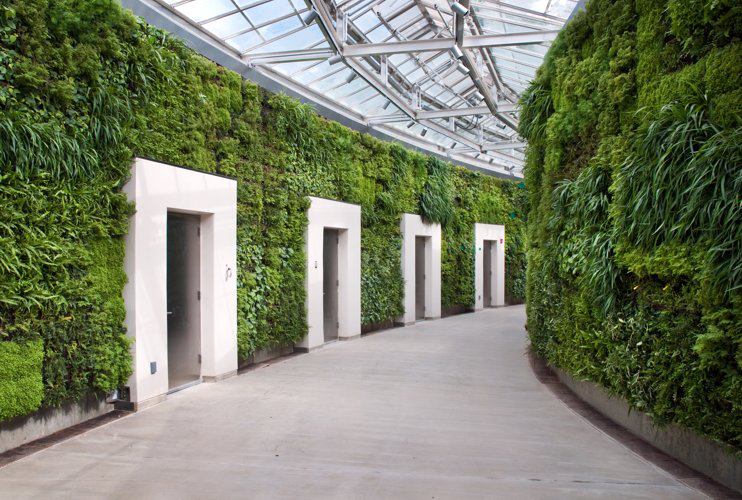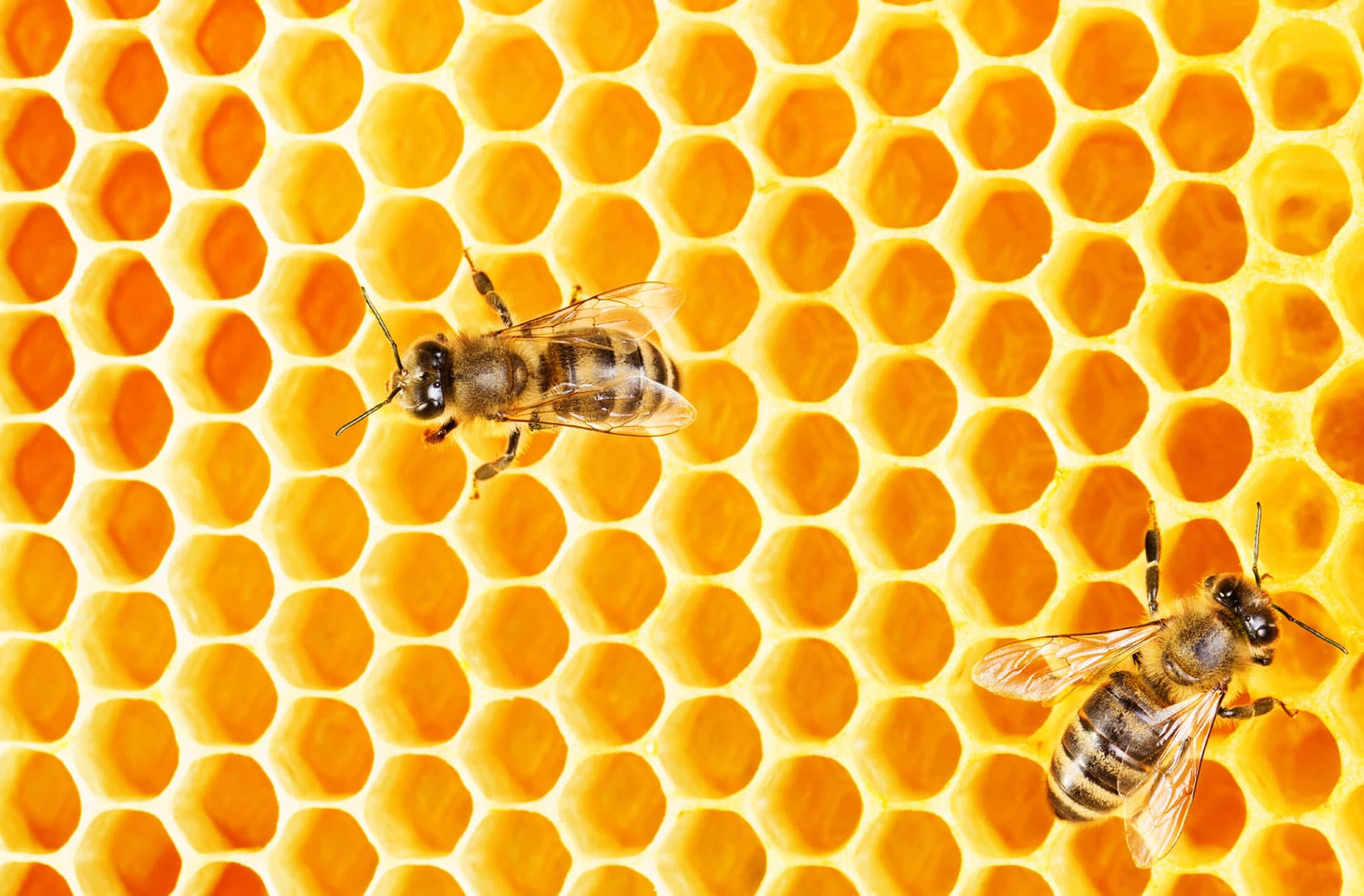Biomimicry, biophic design, nature-based design — these are all terms that describe how natural systems offer powerful models that influence the built world (including architecture, workplace design, and technology). It’s all about finding design inspiration from nature to solve human problems.
Here are some insights on biomimicry and the potential it holds for long term sustainability in architecture, workplace design and software development.
The Biomimicry Guild states that biomimicry design processes:
Are sustainable: Biomimicry follows Life’s Principles. Life’s Principles instruct us to: build from the bottom up, self-assemble, optimize rather than maximize, use free energy, cross-pollinate, embrace diversity, adapt and evolve, use life-friendly materials and processes, engage in symbiotic relationships, and enhance the bio-sphere. By following the principles life uses, you can create products and processes that are well adapted to life on earth.
From Nature-Based Design: The New Green by Herman Miller:
Research increasingly shows that nature-based design has the potential to reduce stress in all kinds of built environments. A 2011 review in the International Journal of Environmental Health Research compiled findings from several different disciplines to develop 12 specific “evidence-based nature contact recommendations” for “creating healthful places.” Among these are:
- cultivate grounds for viewing
- maintain healing gardens
- welcome animals indoors
- light rooms with bright natural light
- provide a clear view of nature outside
- display nature photography and realistic nature art
In addition to health benefits, there are indications that attention, learning, and cognitive function may be improved by nature-based design. Several studies have analyzed the impact of nature contact on what pioneering environmental psychologists Rachel and Stephen Kaplan first defined as “attentional recovery” — “the ability to reactivate mental effort after a period of intense work.” Subsequent research by the Kaplans and others has proven that contact with nature, even just by viewing it through a window, improves cognitive functioning.
Observations of nature influence the design of computer networks:
The fruit fly has evolved a method for arranging the tiny, hair-like structures it uses to feel and hear the world. A team of researchers in Israel and at Carnegie Mellon University were inspired by that method and they think it could be used for more effectively deployed wireless sensor networks, such as environmental monitoring, where sensors are dispersed in a lake or waterway, or systems which control swarms of robots.
Biomimicry 3.8 offers some examples of biomimicry in action.
… And Bjork’s Biophilia brings nature-inspired experiences to your mobile device:
Biophilia is an extraordinary and innovative multimedia exploration of music, nature and technology by the musician Björk. Comprising a suite of original music and interactive, educational artworks and musical artifacts, Biophilia is released as ten in-app experiences that are accessed as you fly through a three-dimensional galaxy that accompanies the album’s theme song Cosmogony.
“Look deep into nature, and then you will understand everything better.” — Albert Einstein


